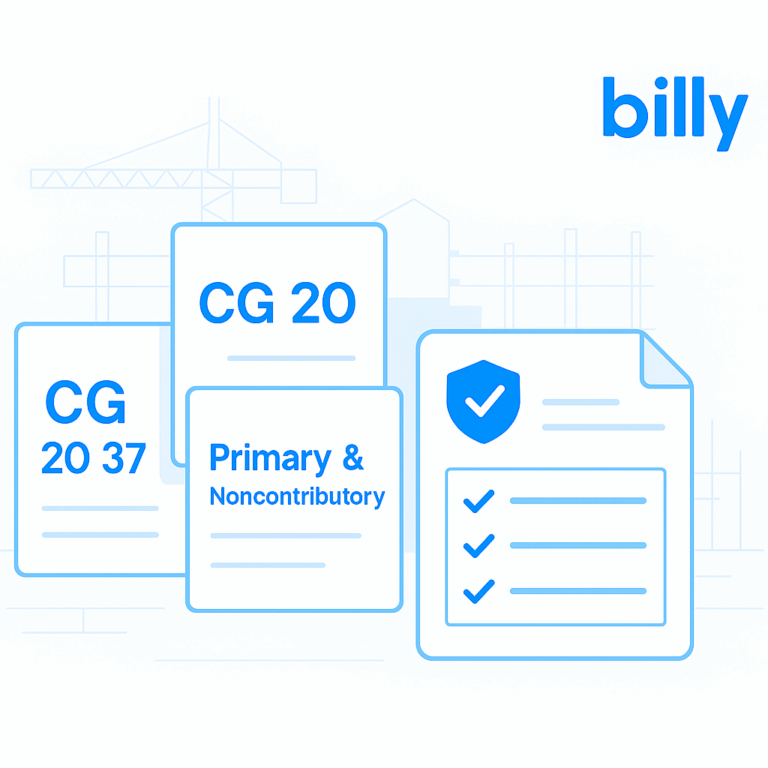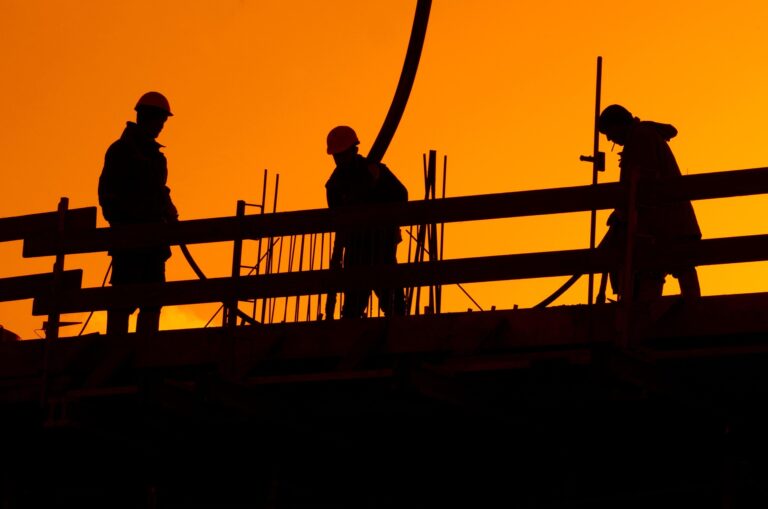There are countless sources of compliance risk in the construction industry, and many of them stem from activities that occur directly on the job site. For the builder or general contractor leading the project, adequately managing these risks is critical — but far from easy.
On large construction projects, a builder might have to oversee dozens or even hundreds of workers representing the various subcontractors on the project, which takes a unique combination of leadership ability and communication skills that not everyone has. They’ll be responsible for the safety of all trades and workers and for ensuring every single individual on the job site meets all safety requirements. This typically includes implementing some sort of training protocol or requiring each individual performing work in the field to sign a safety agreement.
Before work starts, the builder also has to review all project documents (including design drawings) for discrepancies or inconsistencies that could lead to project delays and additional costs or perhaps require a rework of already installed materials. Once work is completed, it’s the builder’s responsibility to lead quality assurance to confirm that installations meet plan requirements, their own company’s standards, and local building codes. If they don’t, then they also won’t be able to address certain areas of concern during construction — and the project could be halted by a building inspector as a result.
Local codes aren’t the only mandates builders need to be aware of, however. Depending on where the job site is located, they’ll also need to be familiar with state and federal laws around protected or restricted land or activities. Without knowledge of relevant statutes and ordinances, there’s simply no way to ensure compliance in construction projects.
Finally, builders and general contractors are also responsible for construction insurance risk management. They must verify that all subcontractors and vendors who step on site have valid, up-to-date insurance and have signed a contract that will remain current for the duration of the work. Without a dedicated system for tracking subcontractor certificates of insurance (known as COIs) such as billy, that’s a tall order. And if any of these requirements aren’t met, the project can’t move forward — which goes to show the critical importance of compliance in construction projects.
Risk Management Matters With Construction Insurance
It’s already tough to break even in this industry, but a failure to remain compliant on a job site could result in significant losses. Of course, that’s not always top of mind when builders are juggling the countless other responsibilities that come with trying to complete a project on time and on budget. Fortunately, there’s insurance available to protect companies from many compliance risks in the construction industry. However, in order to manage compliance on the project site, the field team needs to understand the insurance tracking and management system used in the office.
Almost every company takes a different approach to tracking and managing insurance. Some might send reports from the office to the field or hold weekly calls between teams to keep everyone on the same page. Some might place all responsibility for insurance compliance on the shoulders of the field team, although there’s usually some process that must take place in the office to support information storage and accuracy.
At the very least, the field team is typically responsible for confirming subcontractor insurance. They rely on the office team to request, receive, and enter the COI information into a tracking tool before the subcontractor or vendor is needed on site. The field team also needs to know when insurance policies expire for each vendor and get some sort of alert before that happens to ensure policies are renewed in time. A vendor with an expired policy cannot be permitted on site, which could create significant delays. To avoid these and other issues, builders should take the following steps that are key to effective and efficient compliance in construction projects:
- Delegate responsibility: Know who is responsible for requesting, verifying, and tracking insurance on the project.
- Educate employees: Make sure the individuals performing each of these tasks are trained, capable, and confident in their abilities.
- Encourage ownership: Empower individuals who work on insurance compliance by giving them autonomy and the resources they need to succeed and become compliance leaders within the company.
- Maintain communication: Identify the channels best suited for connecting the individuals tracking insurance with the team in the field — whether that’s email, text messaging, or phone calls — and use them to ensure subcontractor compliance.
- Establish authority: Everyone in the field should know that the person in the office tracking insurance is the only one who can confirm compliance in the construction project (and respect the information this person provides).
Construction is a risky business in more ways than one. Assembling a building requires disparate teams of individuals rotating on and off the job site to perform the right work at the right time, and sometimes under less-than-ideal conditions. Anything can go wrong. By taking the right approach to managing compliance and insurance, builders and contractors can be assured that they’re protected if something does go wrong.
To learn about how billy’s tracking platform can help you stay compliant, request a demo today.






